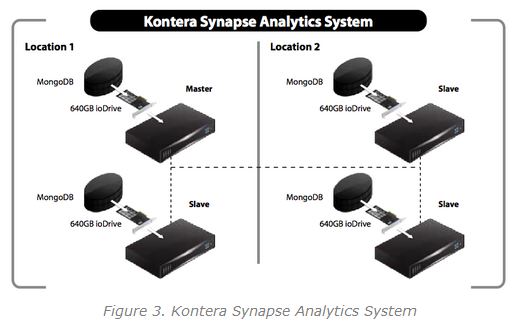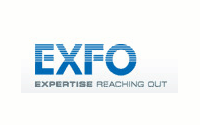Philipp Humm has resigned as CEO of T-Mobile USA. Humm joined Deutsche Telekom in 2005, and was initially responsible for the company’s mobile business in Germany. In 2008 he took on the responsibility of managing the sales and service activities of the European mobile companies within Deutsche Telekom Group. In May 2010 he moved to T-Mobile USA., taking over as CEO in November of that year.
AT&T first announced its $39 billion bid to acquire T-Mobile USA on March 21, 2011. The deal was officially called off on December 19, 2011.
Jim Alling, Chief Operating Officer of T-Mobile USA, will take over the duties of CEO on an interim basis while a search is underway.
AT&T first announced its $39 billion bid to acquire T-Mobile USA on March 21, 2011. The deal was officially called off on December 19, 2011.
Jim Alling, Chief Operating Officer of T-Mobile USA, will take over the duties of CEO on an interim basis while a search is underway.
27-Jun-12
- Earlier this week, T-Mobile USA and Verizon Wireless announced a sale and exchange deal covering certain Advanced Wireless Services (AWS) spectrum licenses in 218 markets across the U.S.
- In May, T-Mobile USA announced multi-year agreements with Ericsson and Nokia Siemens Networks to support its $4 billion 4G network evolution plan.
- T-Mobile USA, which acquired AWS spectrum from AT&T as part of the failed merger deal, aims to launch LTE in 2013. This new spectrum, in addition to the refarming effort, enables the launch of LTE in AWS spectrum and up to 20 MHz of LTE in 75% of the top 25 markets. As part of the agreements, Ericsson and Nokia Siemens Networks will provide and install state of the art, Release 10 capable equipment at 37,000 cell sites across T-Mobile's 4G network this year. T-Mobile also expects to be the first carrier in North America to broadly deploy antenna integrated radios, enabling accelerated deployment and reduced site loading.
- T-Mobile also plans to launch 4G HSPA+ service in the 1900 MHz band in a large number of markets by the end of the year, thereby supporting the iPhone.











 In day two of the Google I/O event in San Francisco, the company further outlined its cloud ambitions by introducing Google Compute infrastructure service while expanding its consumer-oriented Google Drive.
In day two of the Google I/O event in San Francisco, the company further outlined its cloud ambitions by introducing Google Compute infrastructure service while expanding its consumer-oriented Google Drive.









